Introduction
In the era of Industry 4.0, the scope of big data analytics has widened to a great extent. As such, the domain of ecommerce analytics has also undergone substantial expansion. Given this fact, big data analytics has emerged as a great platform of innovation in the landscape of the e-commerce sector. The current era is known as the era of the information revolution and it is in this era that businesses are looking forward to ecommerce analytics.
A deep look into statistical analysis
It is believed that big data holds tremendous value for sales and marketing in general and the ecommerce industry. Statistically speaking, 56 percent of the population of the world uses customer analytics in one or the other way. This means that 3.5 billion customers are creating a voluminous amount of data every second. With these statistics, it is important to mention the amount of data that is generated through online traffic. Fifty-five thousand Google searches happen on mobile devices every second and more than sixty percent of these searches are related to e-commerce transactions. As per a report by eMarketer, there was a record increase of about 87 percent in e-commerce sales by the end of 2020. This amounts to a total of 4.9 trillion dollars which has increased from 1.9 trillion dollars in 2019. In addition to this, total retail spending in the year 2020 increased by about 14 percent from the spending in the year 2019.
The art of trend prediction
It is one of the biggest challenges for ecommerce analytics firms to know about the best-selling products in the market. This is because the bestselling products are not only in high demand but are also immune from the critical boom and bust cycles. Big data analytics not only helps in predicting the category of such products but also helps in fixing and determining their prices. That said, this process of trend analysis of products and their price fixation requires the use of trend forecasting algorithms. Such algorithms not only improve the prediction chances of trending products but also cause a sharp growth in revenues. These trend forecasting algorithms mine critical pieces of data from online platforms and comb information from social media platforms to arrive at conclusive results. These results serve as critical targets for customer profiling and segmentation. In addition to this, such results can also serve as a framework for targeted advertisements.
Optimization of prices
Before we came to terms with big data, the pricing systems were determined based on small samples. Another method that businesses used in the past was based on comparative pricing strategies. The erstwhile manual methods became redundant when the e-commerce sector reached its zenith. The new dimensions of ecommerce analytics demanded a separate strategy for distinct products. This could only have been possible with the aid of big data analytics. The application of analytics would enable the companies to determine the optimal cost of products by tracking millions of transactions online.
Big data rose to the occasion by not only changing the face of analytics but also improving the sales in the e-commerce sector by huge amounts.
Forecasting the cycle of demand
There is no doubt in the fact that every business is equipped with a mechanism to forecast demand in one or the other way. To take a simple example, imagine the demand cycle of a restaurant. The restaurant would expect a higher number of customers on weekends and festivals. It would prepare its demand cycle accordingly. However, in case of contingency, the restaurant would fail to match its supply to the spike in demand. This is where the role of online catering services comes into play. Online food providers make sure that they make use of the advanced forecasting algorithms to match demand with the supply.
The personalization of stores
When the leading e-commerce companies started the personalization of their online stores decades ago, no one had imagined that they would soon run away with the millions of customers in a short span of time. By providing tailored experiences, the e-commerce ecosystem soon became the center of attraction for many people worldwide. This shift became prominent with the advent of modern big data tools and techniques.
Concluding remarks
In this article, we looked at the most lucrative ways of using big data in the e-commerce sector. However, the number of methodologies to predict trends in the e-commerce industry are slowly evolving and we might expect a snowball effect in this sector soon.
To learn more, contact us at askus@algoscale.com












